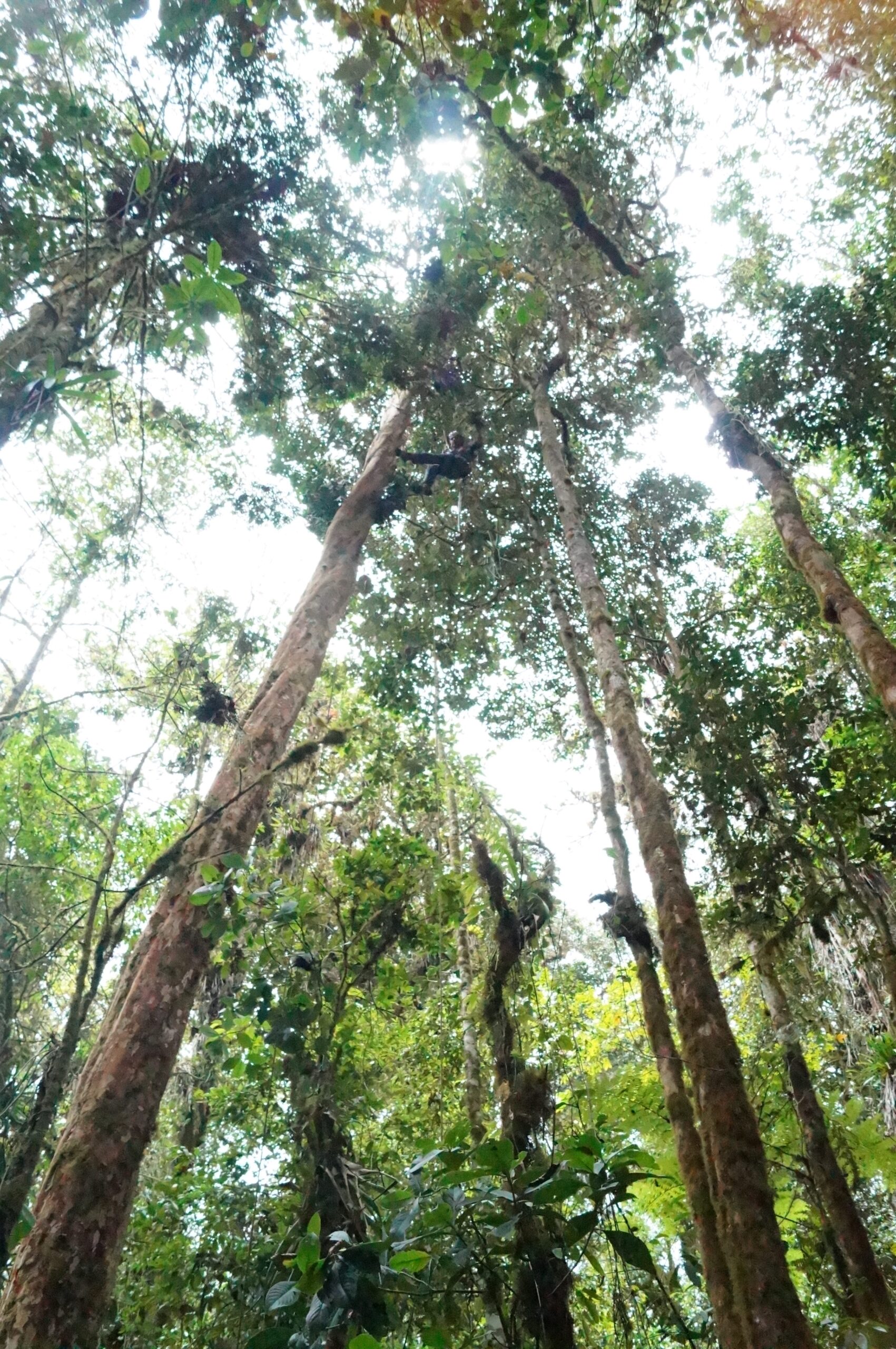A roadmap for integrating theory and field observations in South America montane ecosystems

Mountain ecosystems of South America are key to modelling global vegetation dynamics
Mountain ecosystems of South America have a complex vegetation pattern, comprising both montane forests and alpine vegetation (including páramo, puna, high Andean grasslands, wetlands, and alpine heath). They provide a variety of ecosystem services, and several biodiversity hotspots in the continent are located in the mountains. In fact, mountain ecosystems in the Andes and the south-eastern Brazilian mountain range host the highest plant diversity on Earth.
Although South American mountain ecosystems have been the subject of plot-based monitoring efforts, their role in issues such as climate change and atmospheric CO2 concentration has been less studied than, for example, the one played by the tropical lowland forests of the Amazon basin. A recent study by a group of scientists from all over South America is an effort to focus on these ecosystems, and to review how empirical understanding and model-based approaches are being used to quantify their contribution to ecosystem services. The study, “South American mountain ecosystems and global change – a case study for integrating theory and field observations for land surface modelling and ecosystem management”, has been recently published in Plant Ecology & Diversity.
The most impactful change drivers that affect biodiversity and ecosystem services in most of South America are land use change and climate change, followed by invasive species. The paper outlines a broad road map for the implementation of mountain vegetation into Dynamic Global Vegetation Models (DGVM) for use in Earth System Models (ESM), based on the current understanding of their structure and function and of their responsiveness to global change drivers. The authors point out that the DGVM and ESM communities have paid little attention to tropical montane forests and other mountain ecosystems, and the current generation of DGVMs does not include an adequate representation of the functioning of mountain ecosystems. In particular, treeline dynamics, critical in mountain ecosystems, is identified as a key missing element.
This article is based on the original text “South American mountain ecosystems and global change – a case study for integrating theory and field observations for land surface modelling and ecosystem management” published in Plant Ecology & Diversity, under the CC BY 4.0 DEED license in May 2023. Please note that references have been removed. For more detail, full references, and to quote text please use the paper available for download on the right.
Identifying gaps in data availability for DGVM
Eight research sites along the Andes and in south-eastern Brazil were analyzed to assess the availability of empirical data. Out of eight sites, only one in Venezuela and one in Brazil were determined to have some climate, ecological and ecophysiological data potentially suitable to parametrise a DGVM.
A preliminary assessment of the Joint UK Land Environment Simulator (JULES) DGVM was made to identify gaps in available data and their impacts on model parametrisation and calibration. The C balance and biomass of tropical montane forests were modelled at six sites that had permanent plot data with biomass estimates, i.e. five sites in the Andes and one from south-eastern Brazil. Additionally, the potential climate-determined elevation of the treeline was modelled using the TREELIM model, in 19 locations along the Andes and in two locations in south-eastern Brazil. This allowed researchers to check DGVM for its ability to identify the transition between the montane forest and alpine vegetation.
The need for a transdisciplinary network of empiricists and modellers
Major gaps between data availability and the needs for process-based modelling of South American mountain vegetation and its dynamics in DGVMs were identified in the study. The issues included acute shortages in local data availability for parameterising DGVMs, potential shortfalls in representing ecosystem processes specific to mountain environments in the model, and problems with using gridded implementation of the model in steep mountain terrain, without taking into consideration the required geometric correction.
To bridge this gap, the authors propose the creation of a transdisciplinary network, including both members of the theoretical/modelling community and the empirical scientific community. The network would be dedicated to study the natural dynamics of mountain ecosystems and their responses to global change drivers locally, regionally and at the continental scale, within a social-ecological system framework. It would complement the existing Andean Forest Network and GEM Amazon – Andes transect, by extending them to extratropical latitudes along the Andes and to mountain ranges outside of the Andes. The scope of field investigations should also be extended, to ensure that empirical data can be used to underpin DGVMs and other process-based models.
Further resources
- Suggested Citation:Nagy et al. (2023): South American mountain ecosystems and global change – a case study for integrating theory and field observations for land surface modelling and ecosystem management, Plant Ecology & Diversity, DOI: 10.1080/17550874.2023.2196966
- GLORIA network studies dispersion strategies of flowers in the High Andes
- Pioneering study analyzes how plant communities throughout the High Andes are responding to climate change
- Long-Term Social-Ecological Monitoring in the Andes: How are we doing?
- Global Observation Research Initiative in Alpine Environments
- Los Andes Después del Hielo: El Último Glaciar de Venezuela | The Andes after ice: The last Venezuelan Glacier

Comments
There is no content